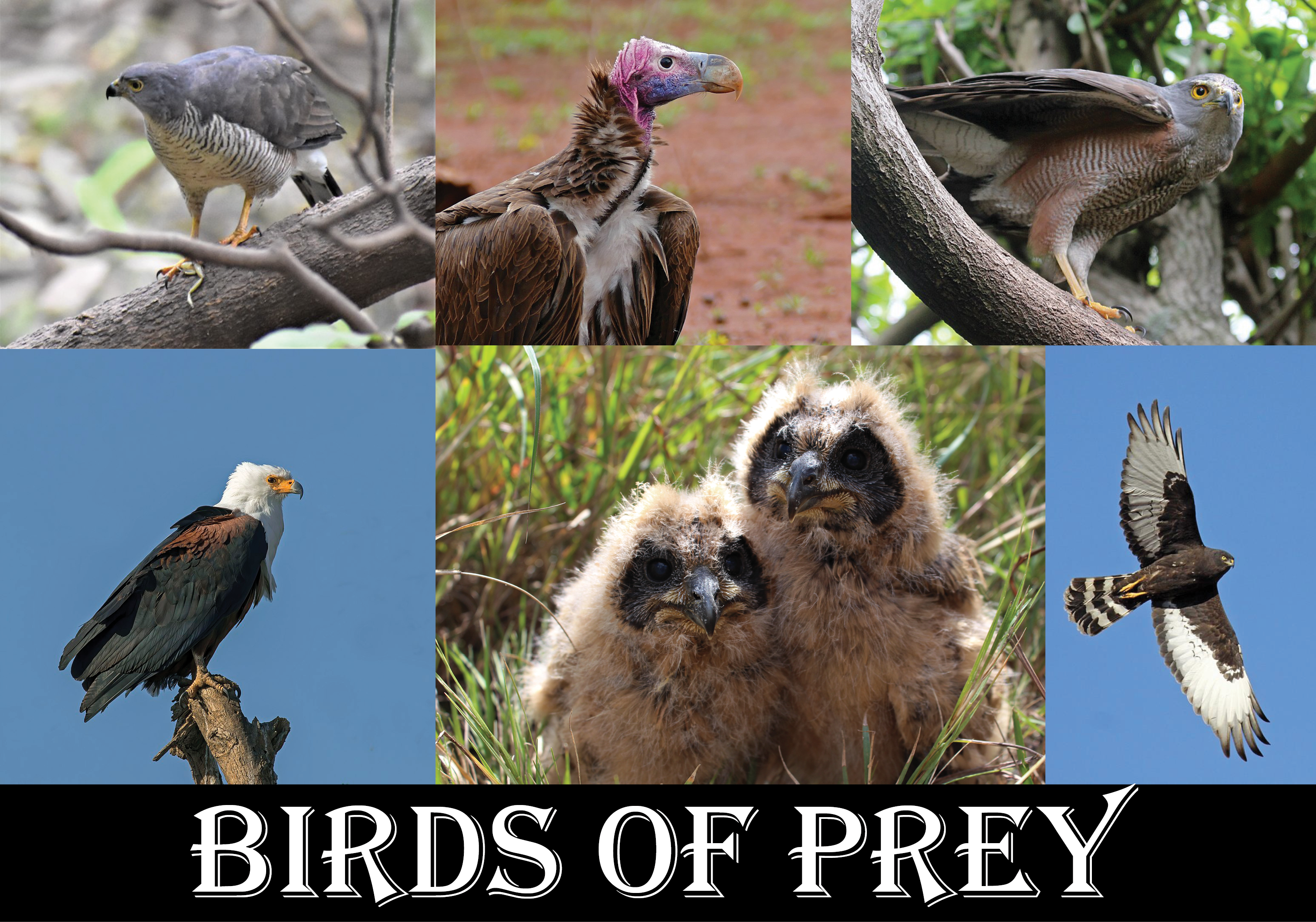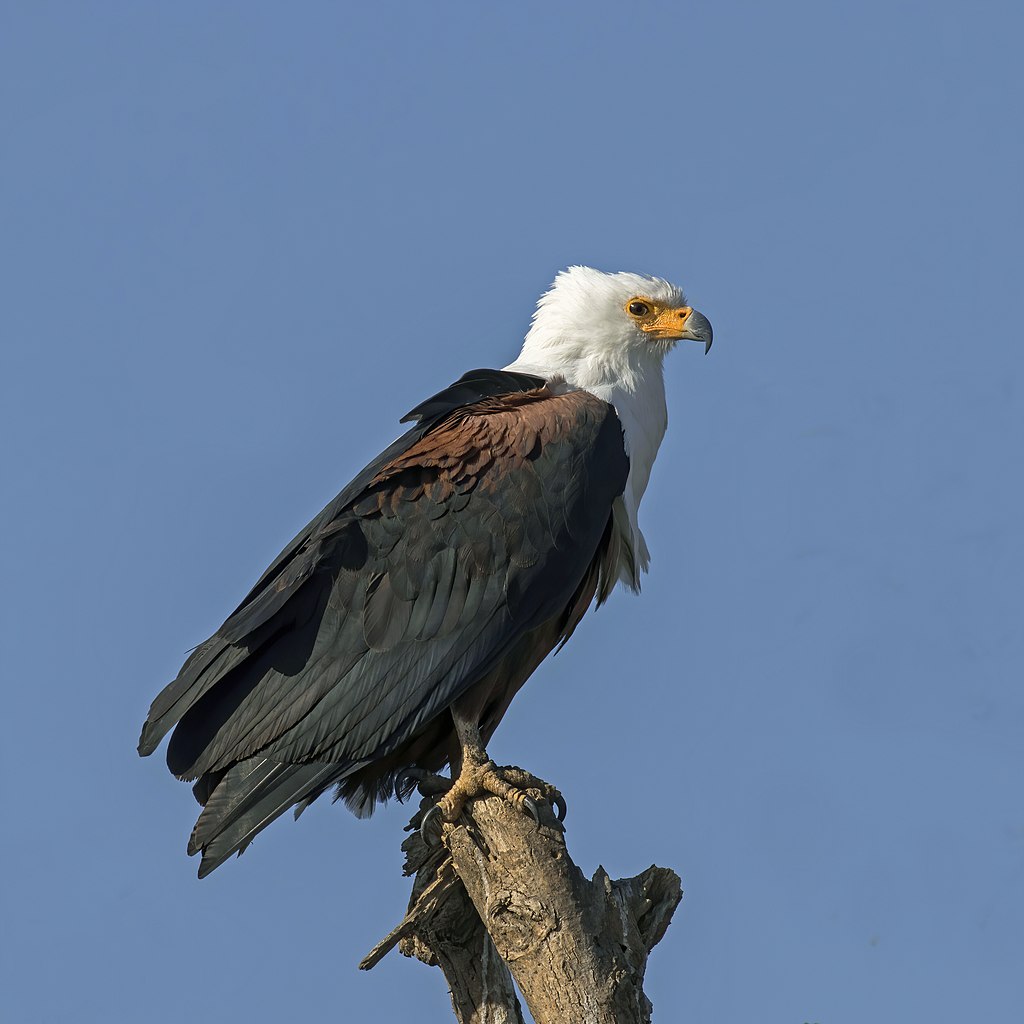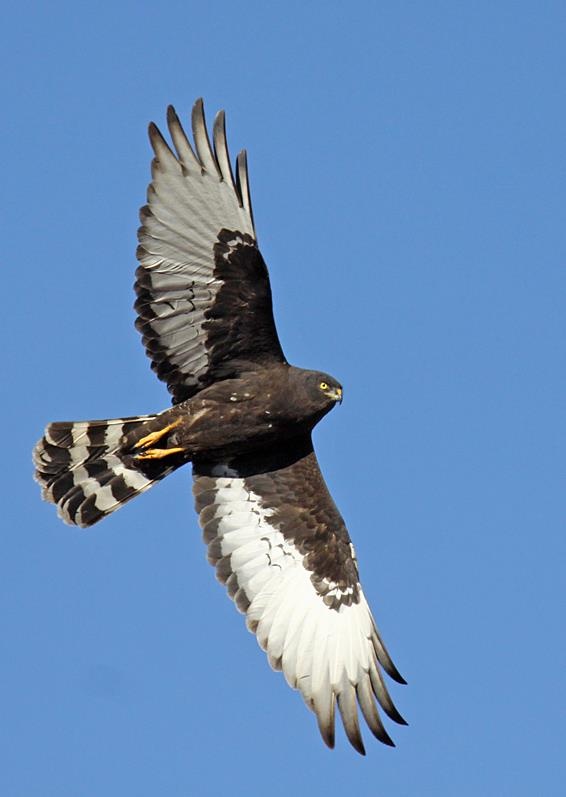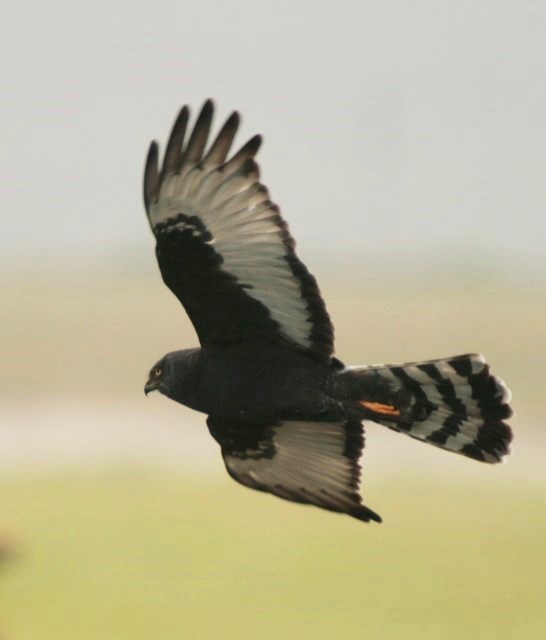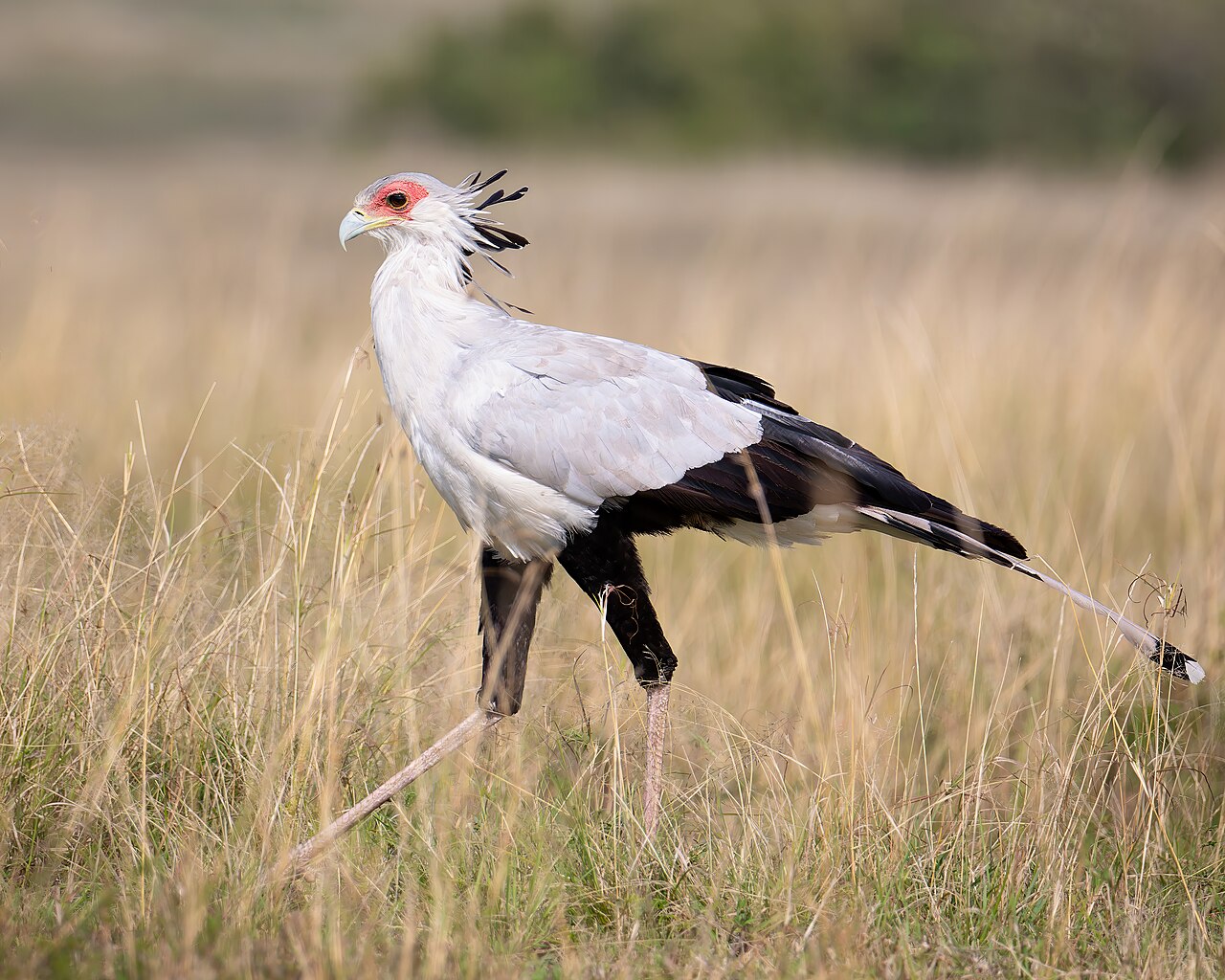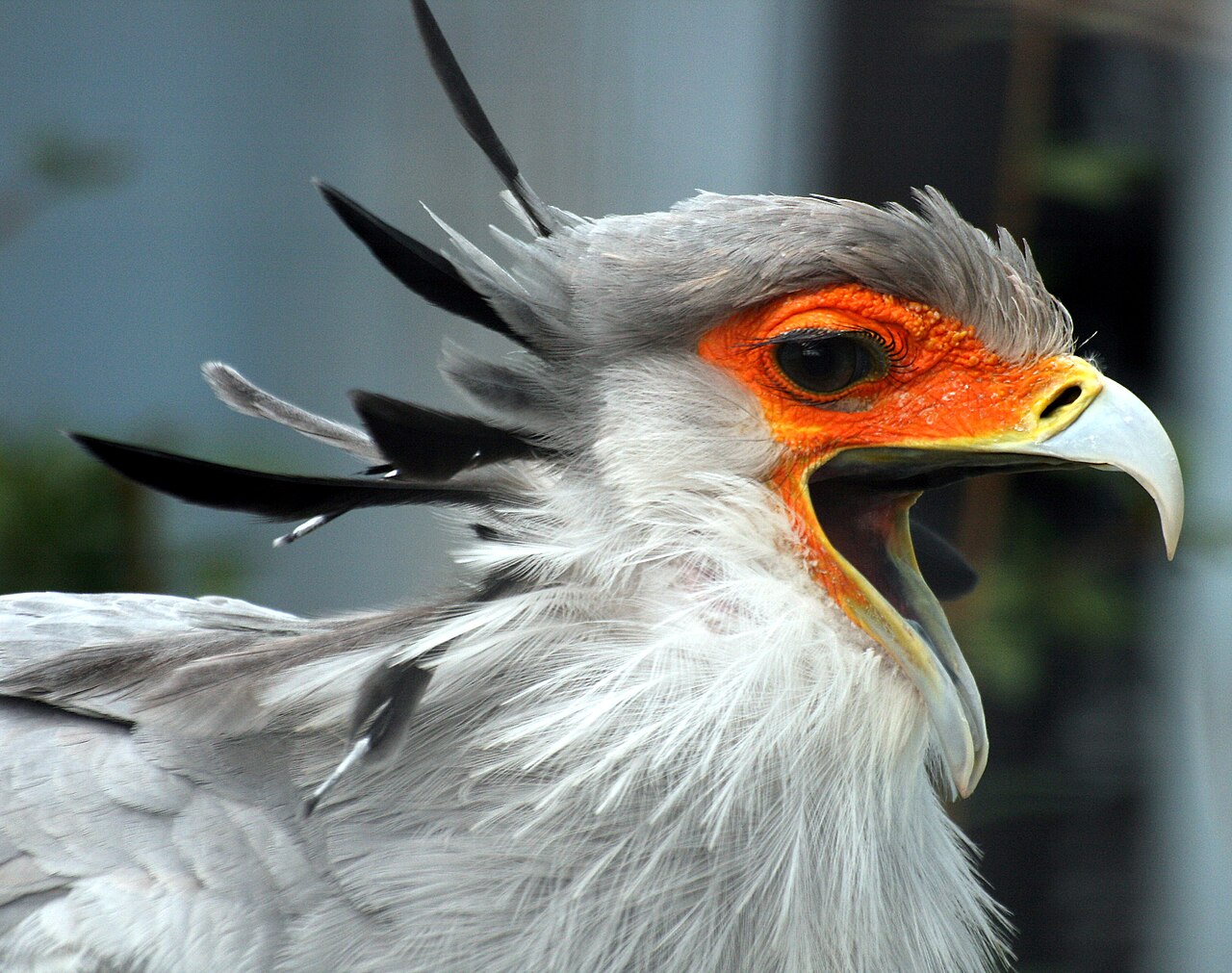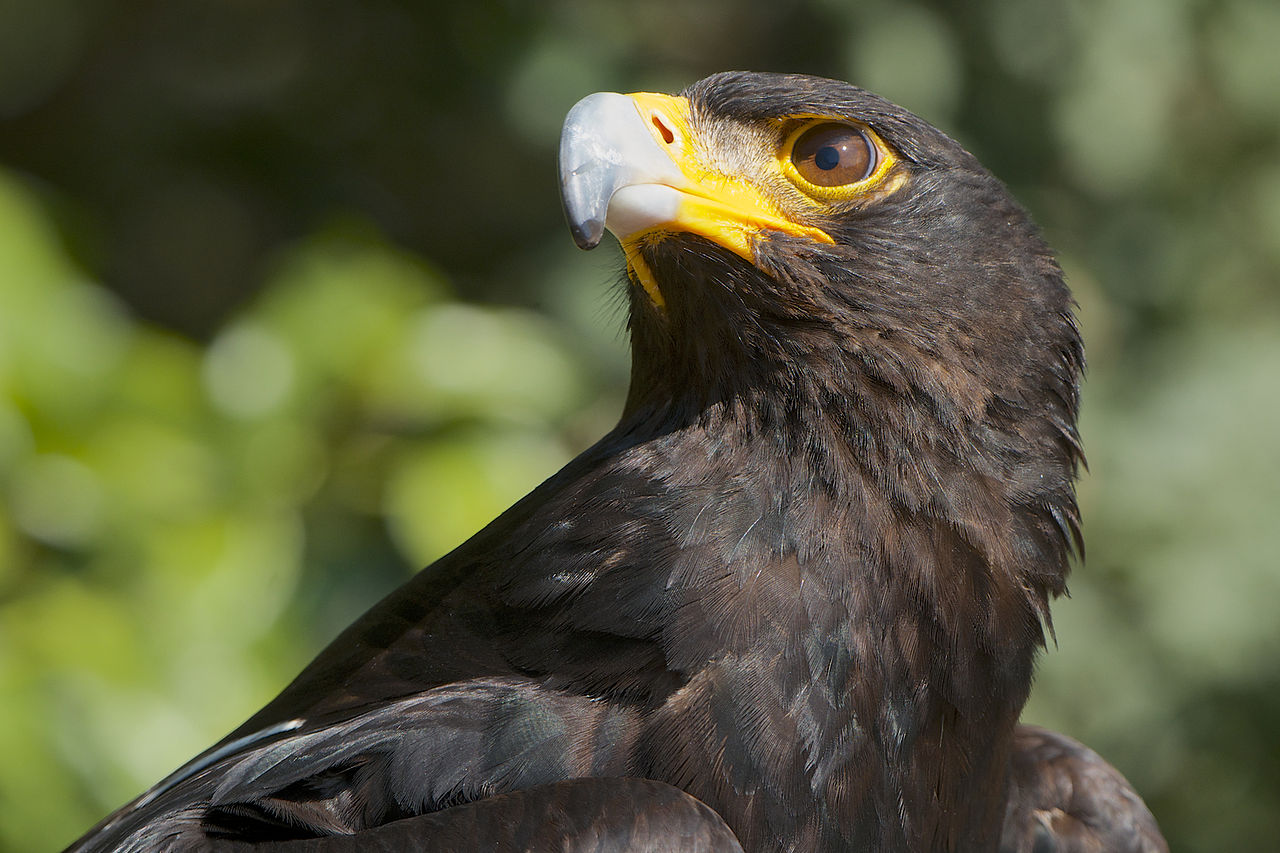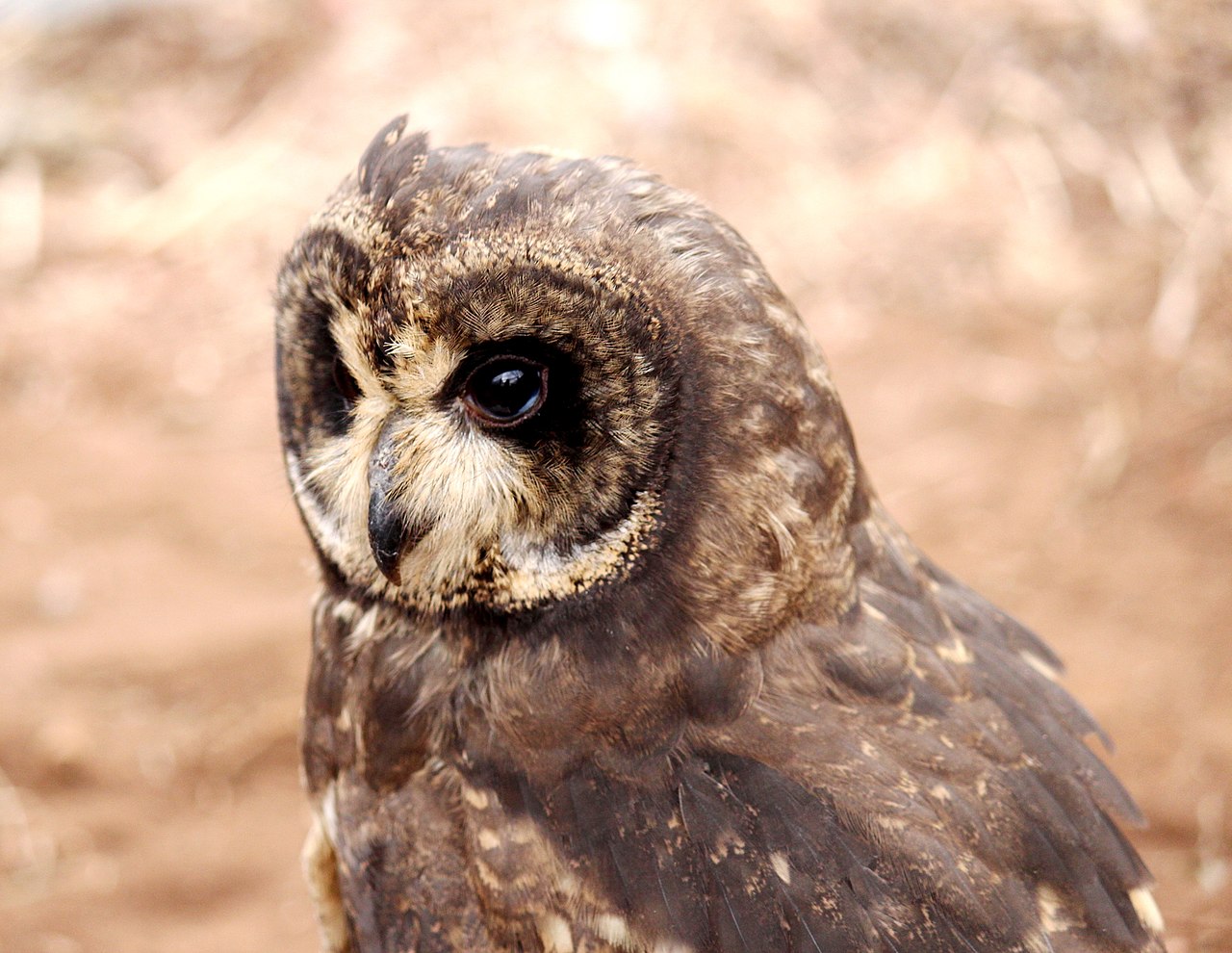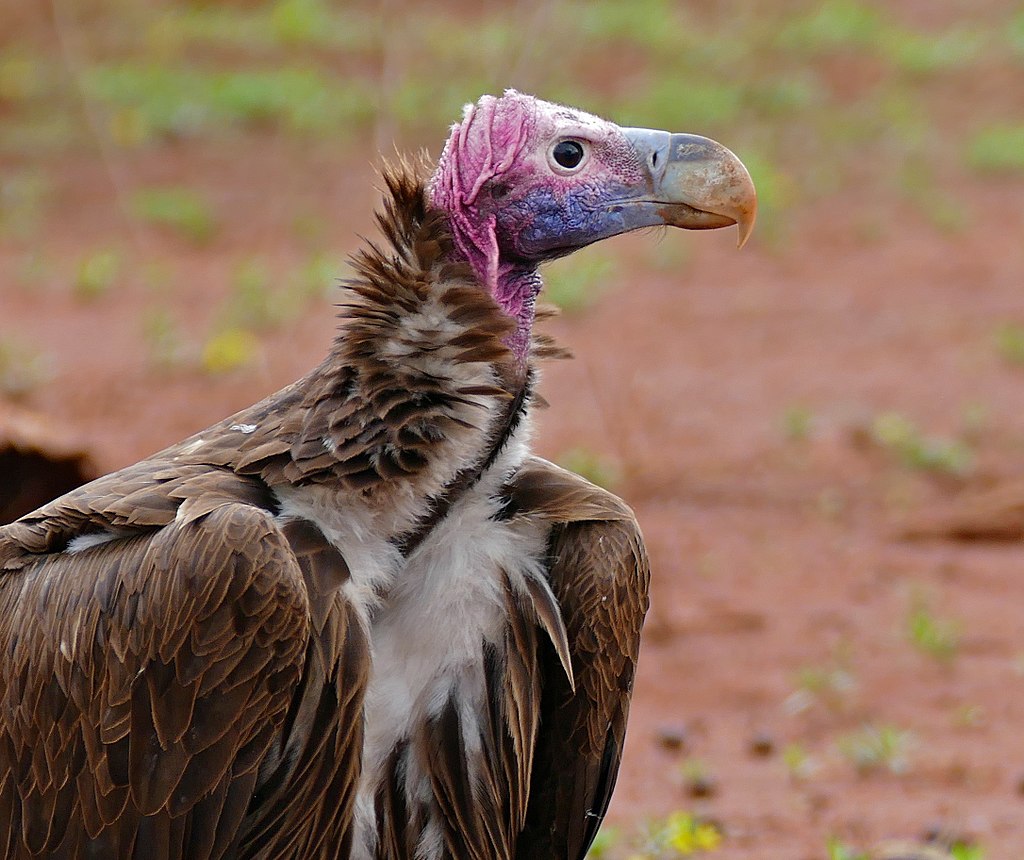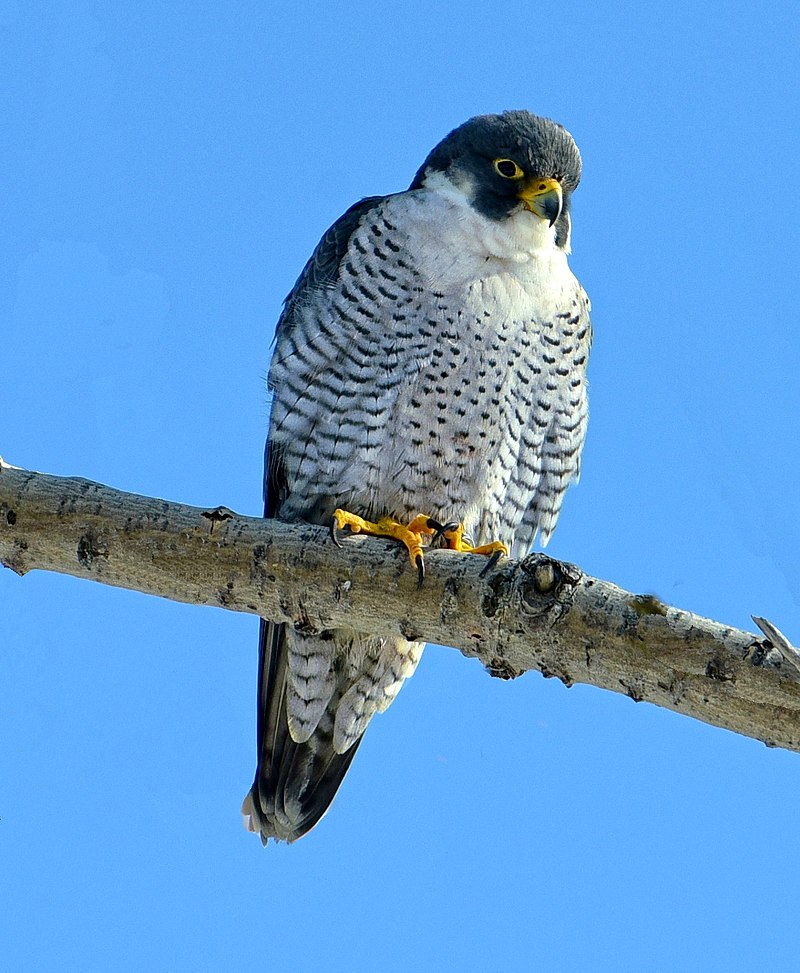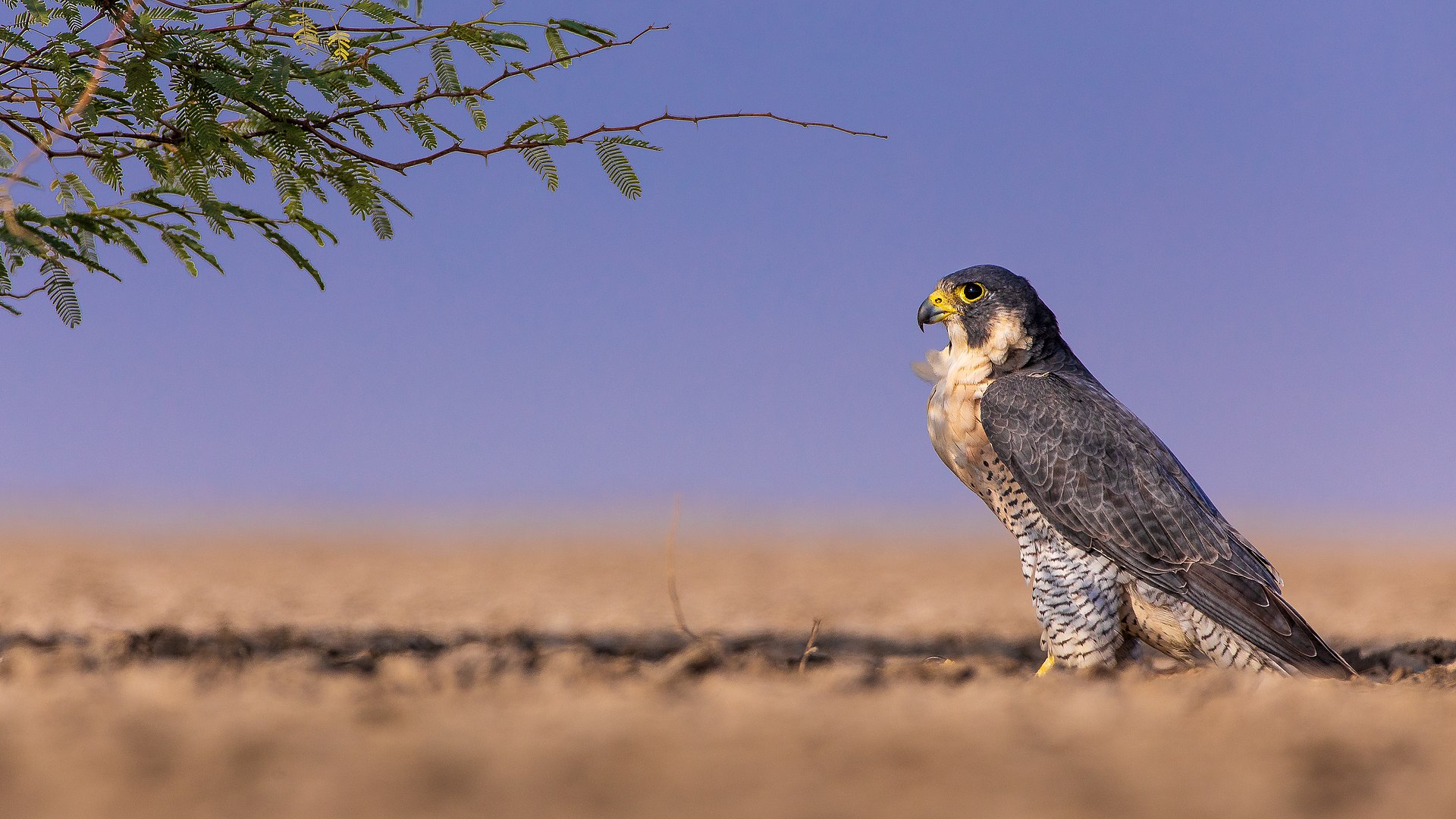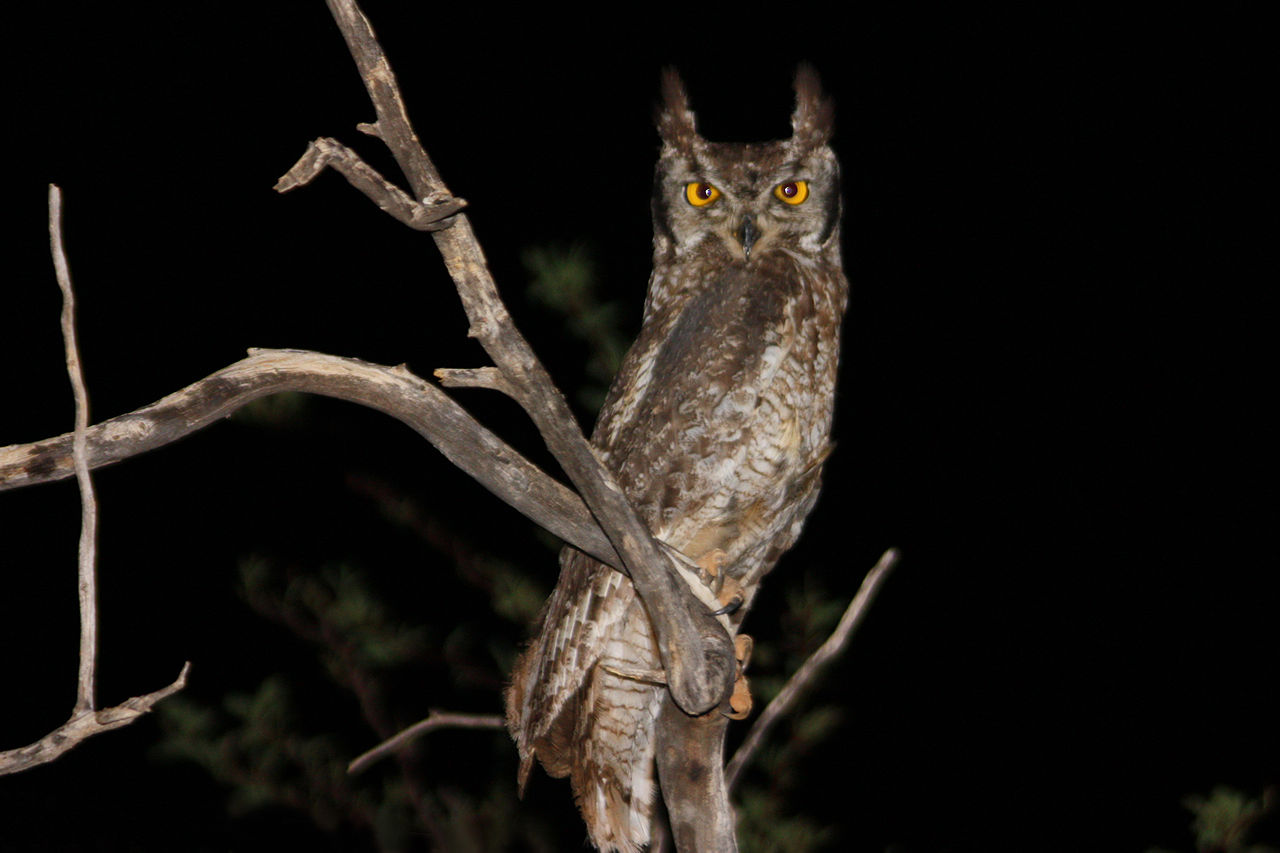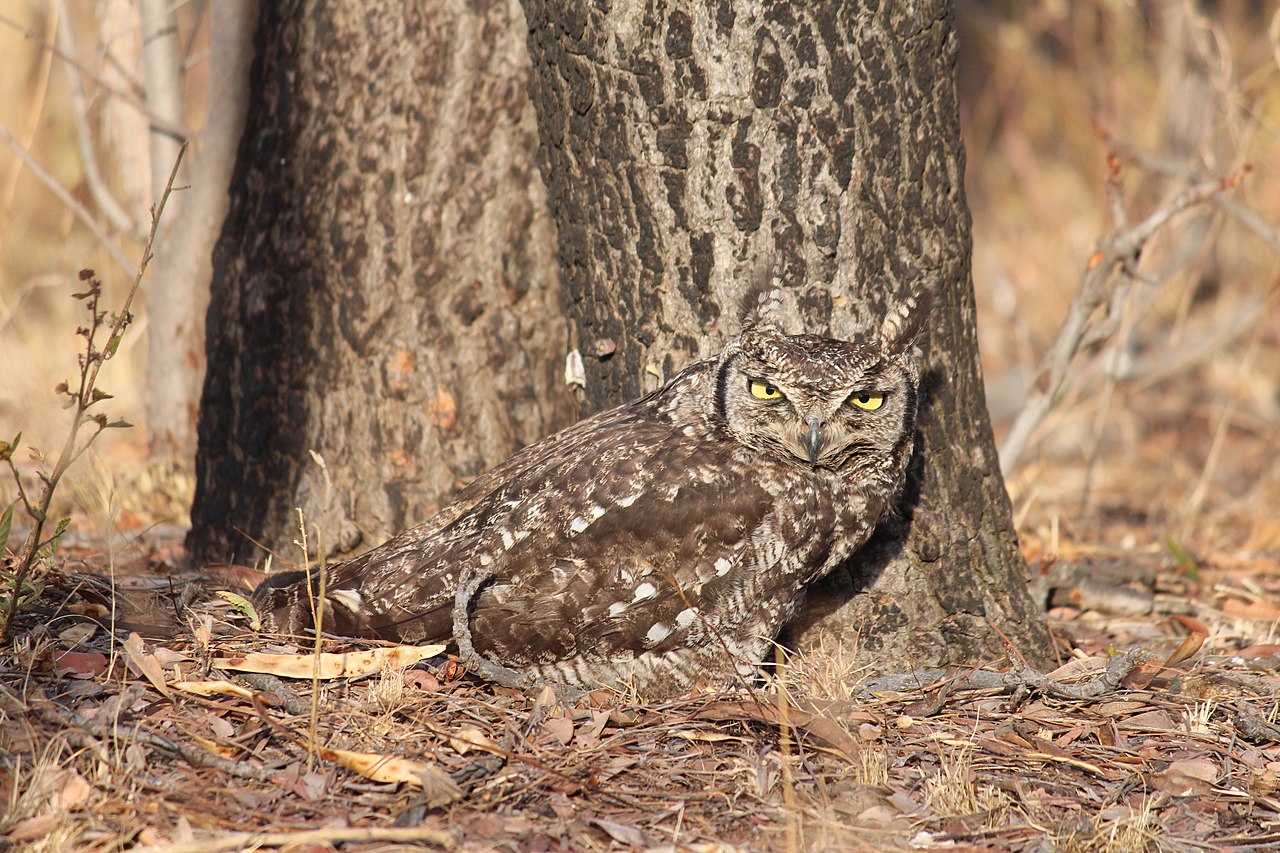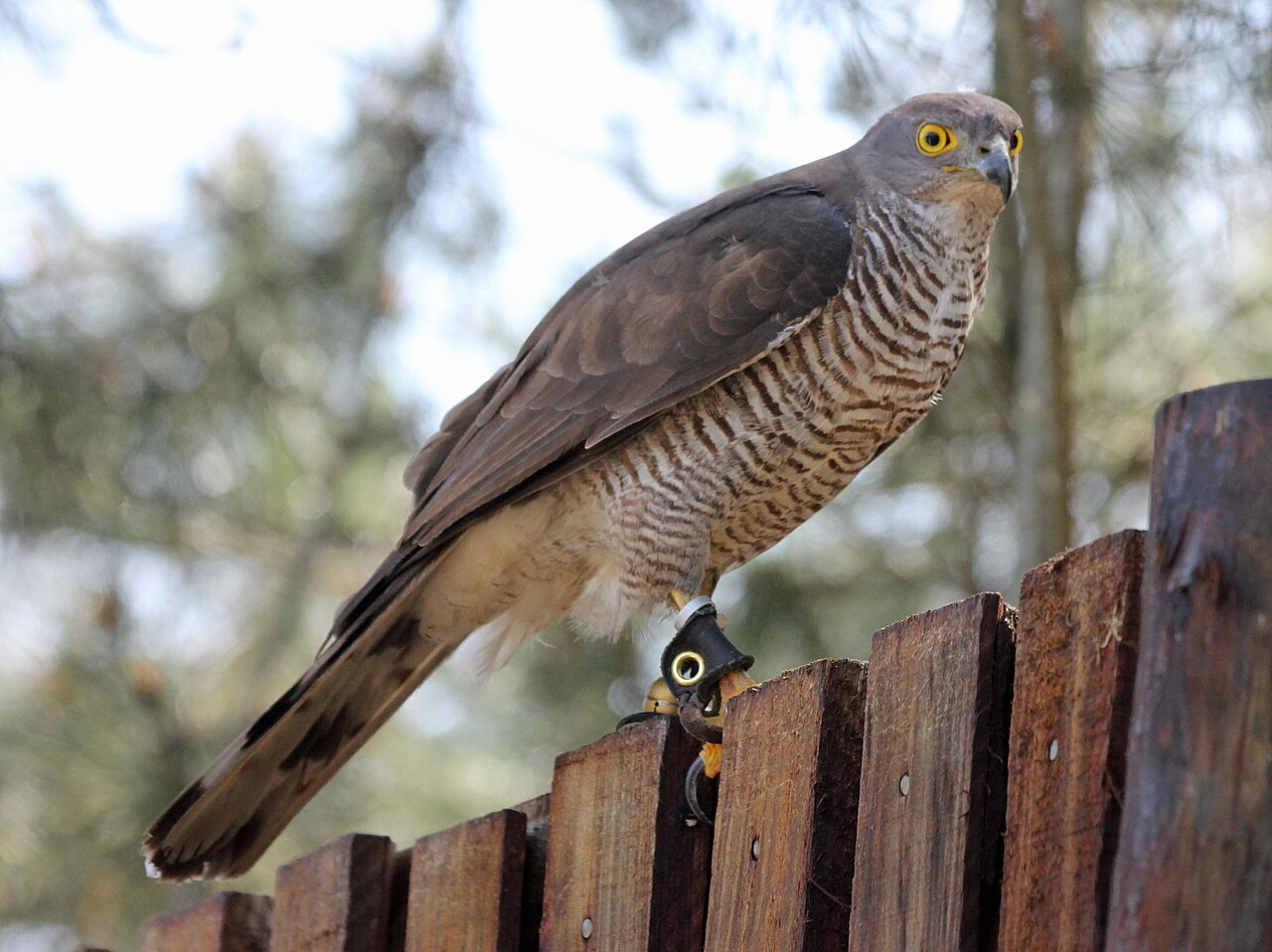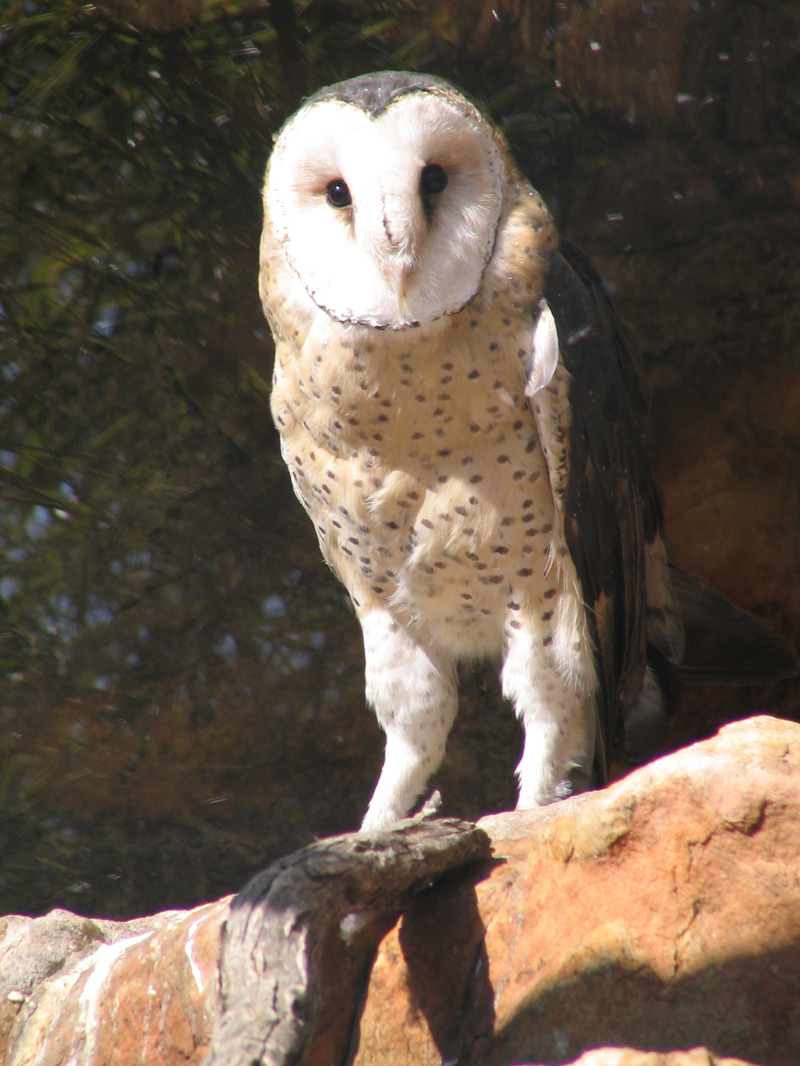A bird of prey, also known as a raptor, is a carnivorous bird that hunts and feeds on other animals. These birds have keen eyesight, powerful talons, and hooked beaks, which they use to catch, kill, and eat their prey. Examples of birds of prey include eagles, hawks, falcons, owls, and vultures. They play important roles in ecosystems by helping to control populations of smaller animals and by serving as indicators of ecosystem health.
Birds of prey are found all around the world, inhabiting a wide range of environments including forests, grasslands, deserts, mountains, and even urban areas. The specific habitats that they occupy depend on the species, with some preferring open spaces like grasslands or savannas (e.g., certain eagles and hawks), while others are adapted to dense forests (e.g., certain owls and accipiters). Additionally, certain species may migrate over long distances, while others are more sedentary and remain in the same area year-round. Overall, birds of prey are incredibly diverse and adaptable, allowing them to thrive in various ecosystems across the globe.


